15 Bizarre Ingredients Chefs Can’t Stop Using This Year
The culinary world thrives on experimentation and innovation. Top chefs are constantly searching for ingredients that surprise, delight, and redefine what’s possible on the plate. This relentless pursuit often leads them to bizarre and unconventional components—elements that challenge our perceptions of flavor and texture. This year, an array of unexpected ingredients has captured the imaginations of professional kitchens worldwide. Prepare to be intrigued as we explore fifteen of the most peculiar and fascinating ingredients chefs can’t stop using right now.
1. Black Garlic
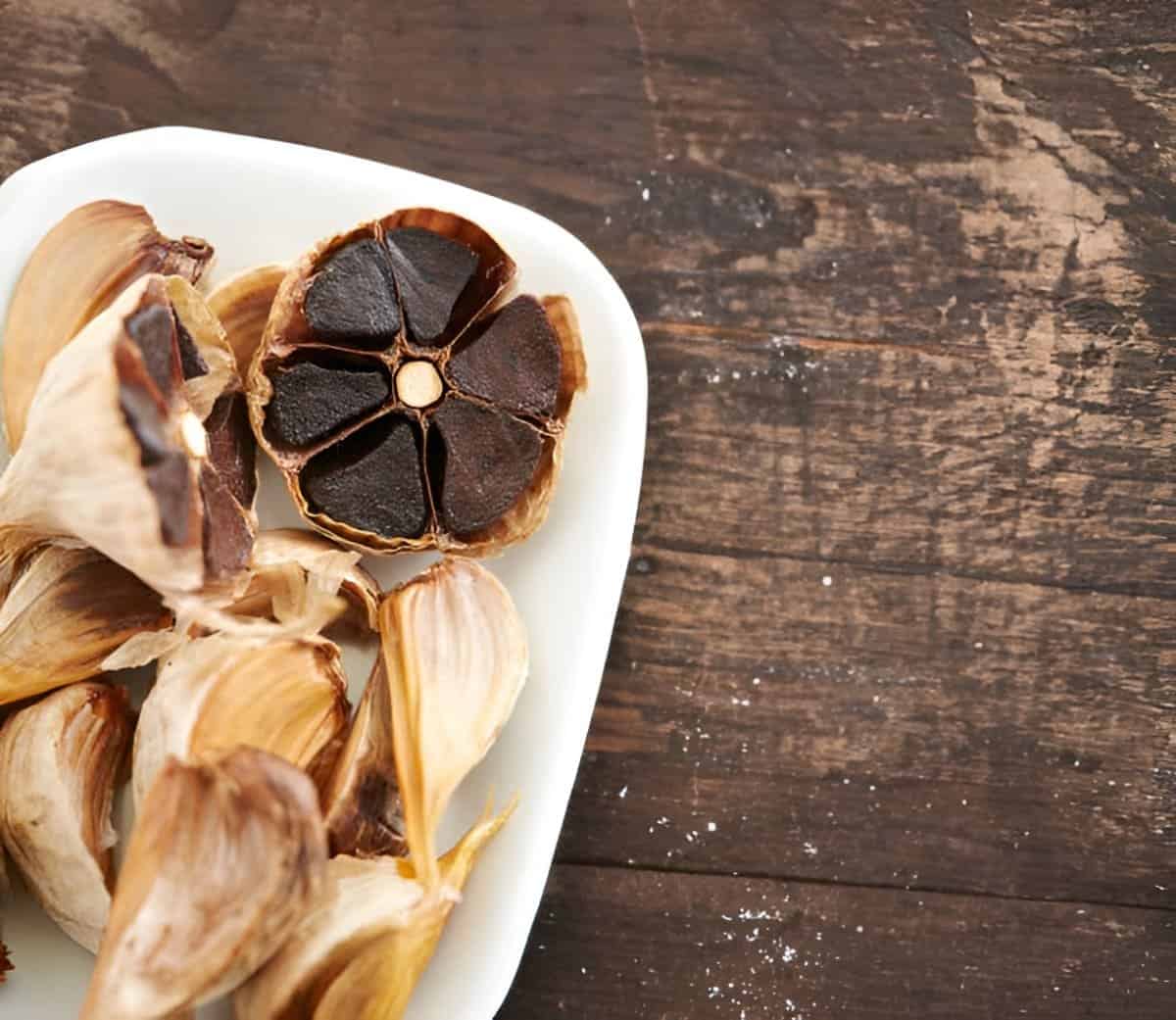
Black garlic has taken center stage in gourmet kitchens thanks to its deep sweetness and umami complexity. Unlike regular garlic, it’s aged and caramelized, resulting in a flavor reminiscent of roasted garlic with hints of balsamic and tamarind. Originally popular in Asian cuisine, chefs now use black garlic in everything from rich sauces and salad dressings to unexpected desserts. Its subtle, layered taste brings a unique sophistication to both savory and sweet dishes.
2. Cricket Flour
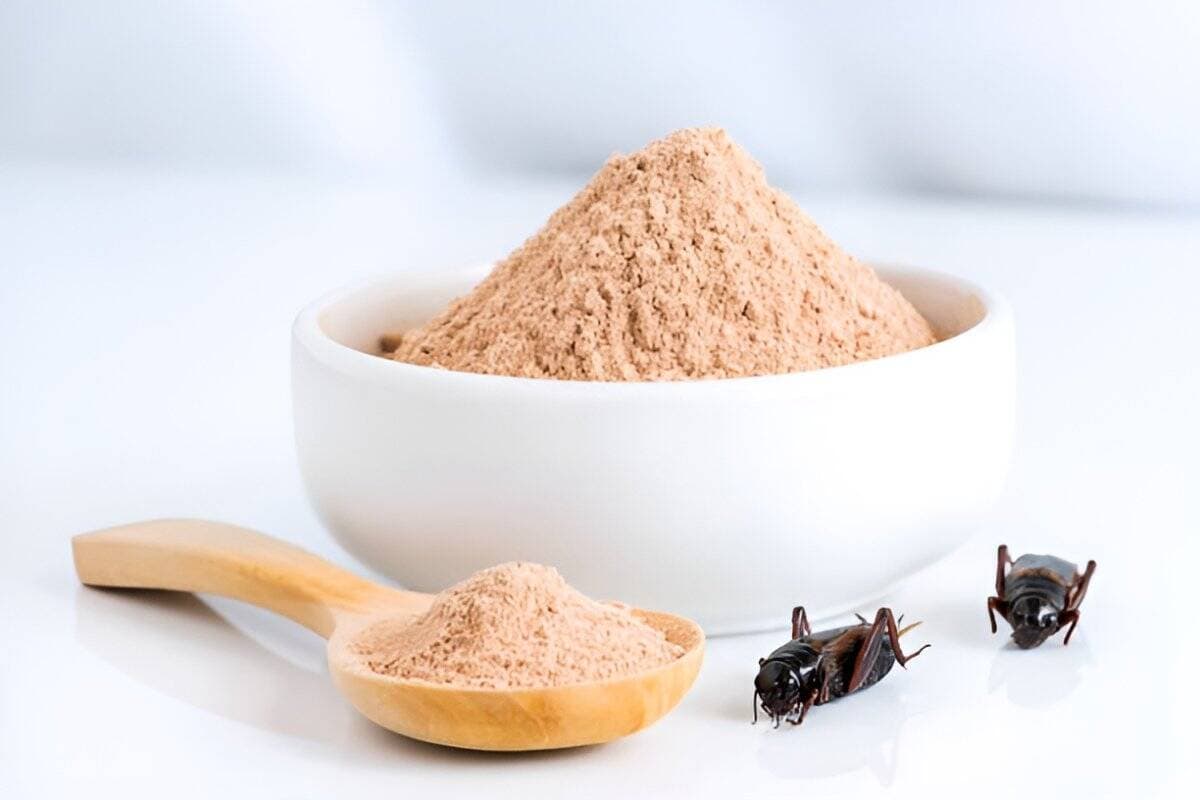
As the demand for sustainable protein sources grows, cricket flour is leaping onto menus worldwide. Made from finely milled crickets, this flour offers a mild, nutty flavor and a remarkable nutritional profile packed with protein and essential amino acids. Chefs are blending cricket flour into breads, protein bars, and even pasta for a boost of nutrition without overpowering the dish. Its minimal environmental footprint compared to traditional flours has made it especially popular with eco-conscious kitchens eager to innovate responsibly.
3. Sea Grapes (Umibudo)
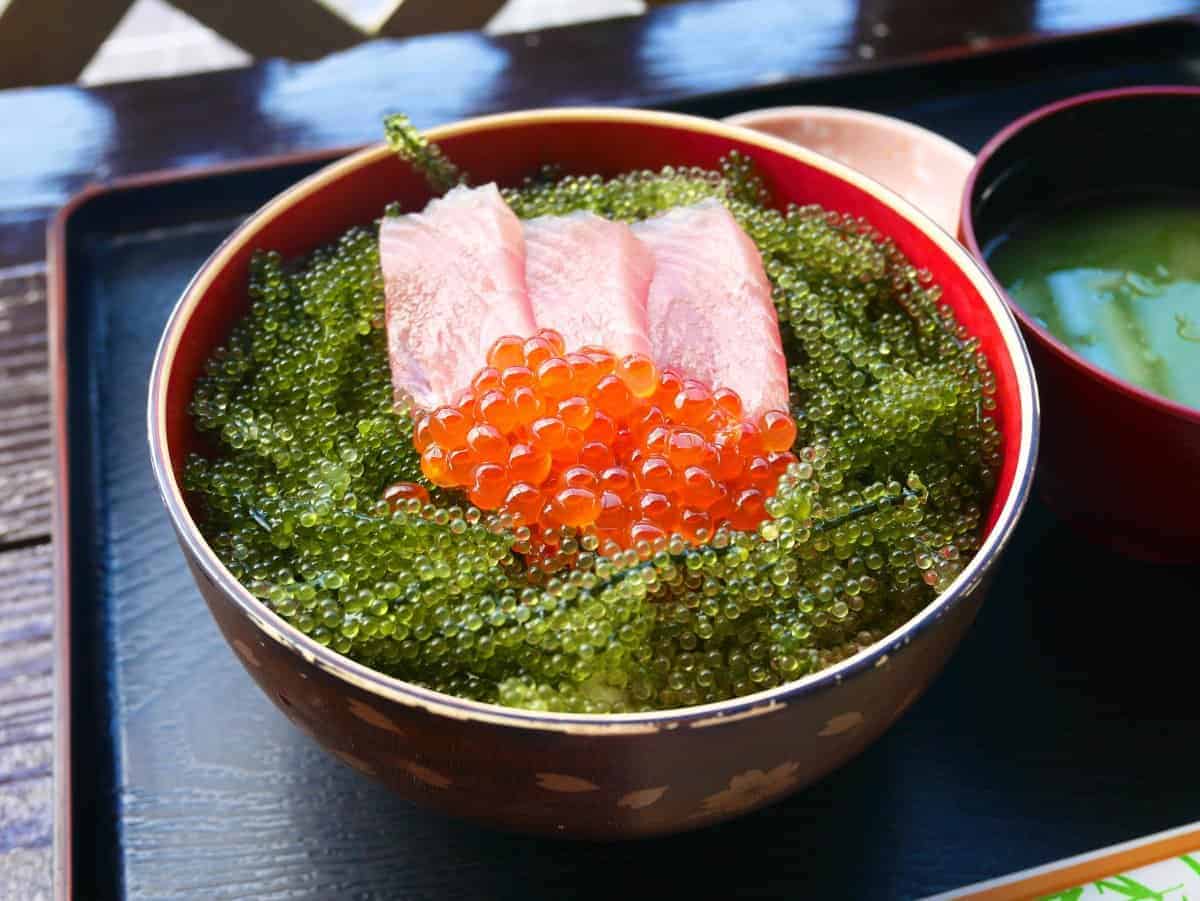
Sea grapes, or umibudo, are a prized edible seaweed in Okinawan cuisine, known for their tiny, bead-like clusters that burst with a briny, oceanic flavor. Their popping texture is often compared to caviar, making them an eye-catching and flavorful garnish. Chefs love using sea grapes atop sushi, in refreshing salads, or as a finishing touch for seafood dishes. These salty pearls add both visual intrigue and a snapshot of the sea to modern plates.
4. Fermented Soybean Natto
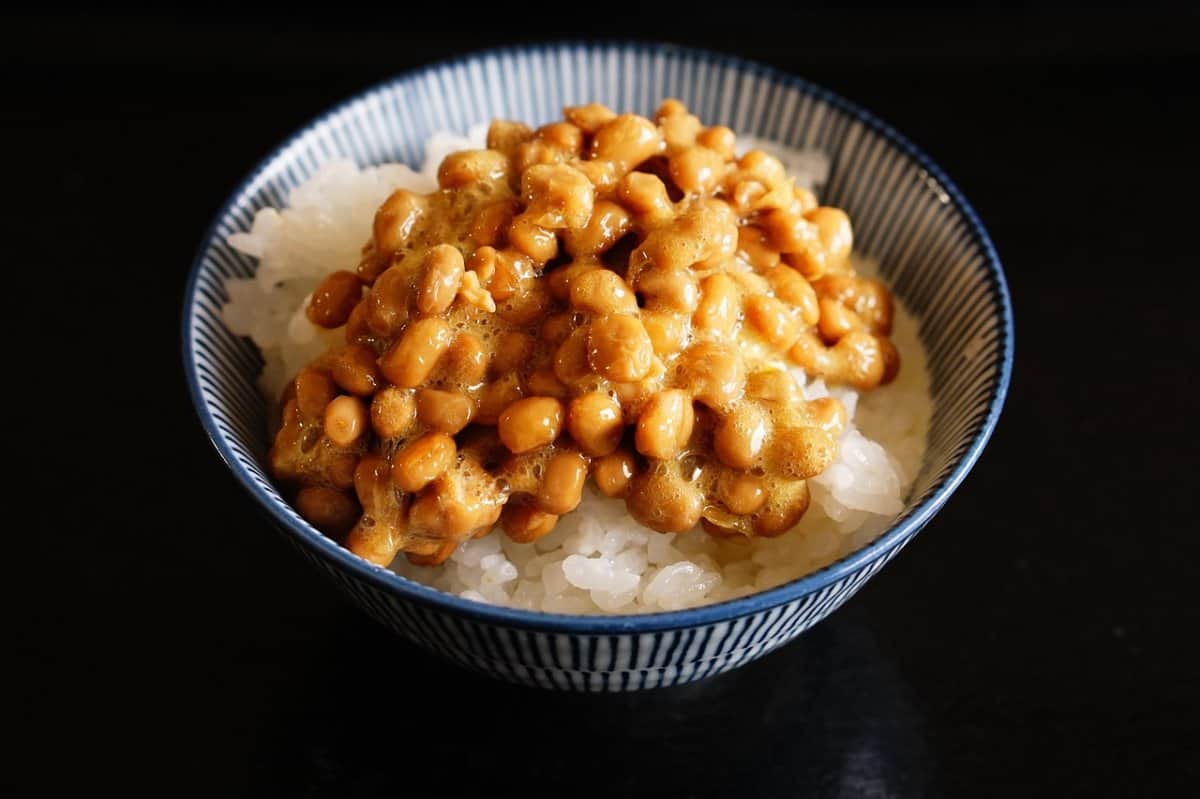
Natto is famous for its sticky, stringy texture and bold, pungent aroma—a staple in traditional Japanese breakfasts. Now, this fermented soybean dish is making its way onto creative Western menus, thanks to its high probiotic content and unique umami punch. Chefs are harnessing natto’s flavor in sauces, dressings, and fusion dishes, much like other fermented favorites such as tempeh and miso. Its complexity and health benefits continue to intrigue adventurous palates around the world.
5. Finger Limes
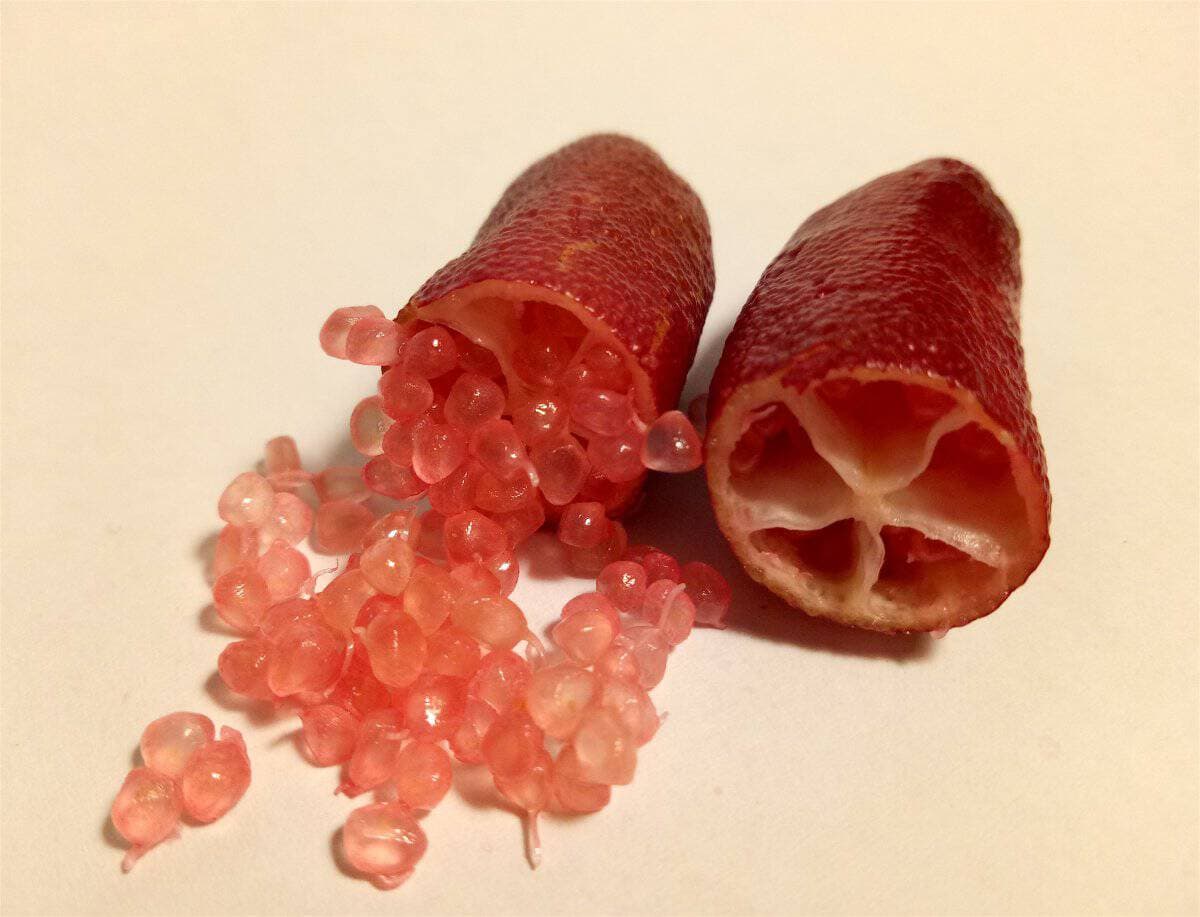
Finger limes, often dubbed “citrus caviar,” are native to Australia and beloved for their tiny pearls of tangy juice that burst with every bite. These vibrant beads add a zesty pop and visual flair as garnishes on oysters, desserts, and even creative cocktails. Unlike traditional citrus segments, finger limes deliver a unique texture and playful twist, elevating both taste and presentation. Chefs adore their ability to surprise diners with an unexpected burst of citrus flavor.
6. Miso Caramel
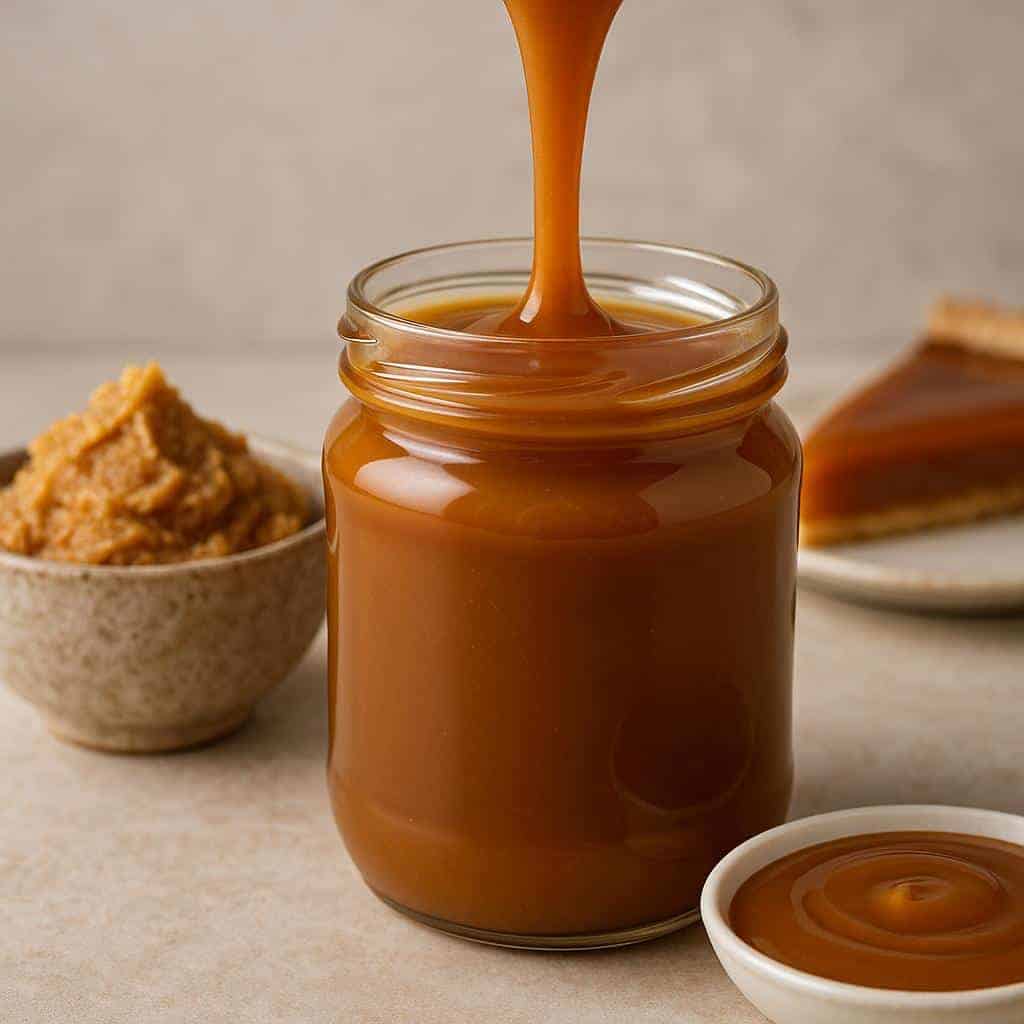
Miso caramel is an inspired fusion, blending the sweet, buttery notes of classic caramel with the rich, savory depth of Japanese fermented soybean paste. Pastry chefs are using this inventive ingredient in ice creams, cakes, and tarts, creating desserts with a uniquely complex flavor profile. While reminiscent of salted caramel, miso caramel boasts even deeper umami undertones and a lingering, sophisticated finish. It’s a sweet-salty treat that has taken modern dessert menus by storm.
7. Szechuan Peppercorns

Szechuan peppercorns deliver a signature tongue-tingling, citrusy sensation that’s unlike anything black pepper or chili can offer. Their unique numbing effect—known as “má”—has captivated chefs in both Eastern and Western kitchens, leading to creative uses in sauces, spice rubs, and even bold cocktails. These distinctive peppercorns add a lively, almost electric quality to dishes, transforming classic recipes with their unforgettable sensory impact and making every bite a memorable adventure.
8. Blue Spirulina

Blue spirulina is making waves in modern kitchens for its vibrant, electric hue and impressive antioxidant properties. Sourced from ocean algae, it’s used to create eye-catching smoothie bowls, striking desserts, and even colorful pasta dough. Compared to its green counterpart, blue spirulina offers a milder taste—making it ideal for dishes where visual appeal matters as much as flavor. Chefs love its ability to turn ordinary recipes into stunning, Instagram-worthy creations.
9. Yuzu Kosho
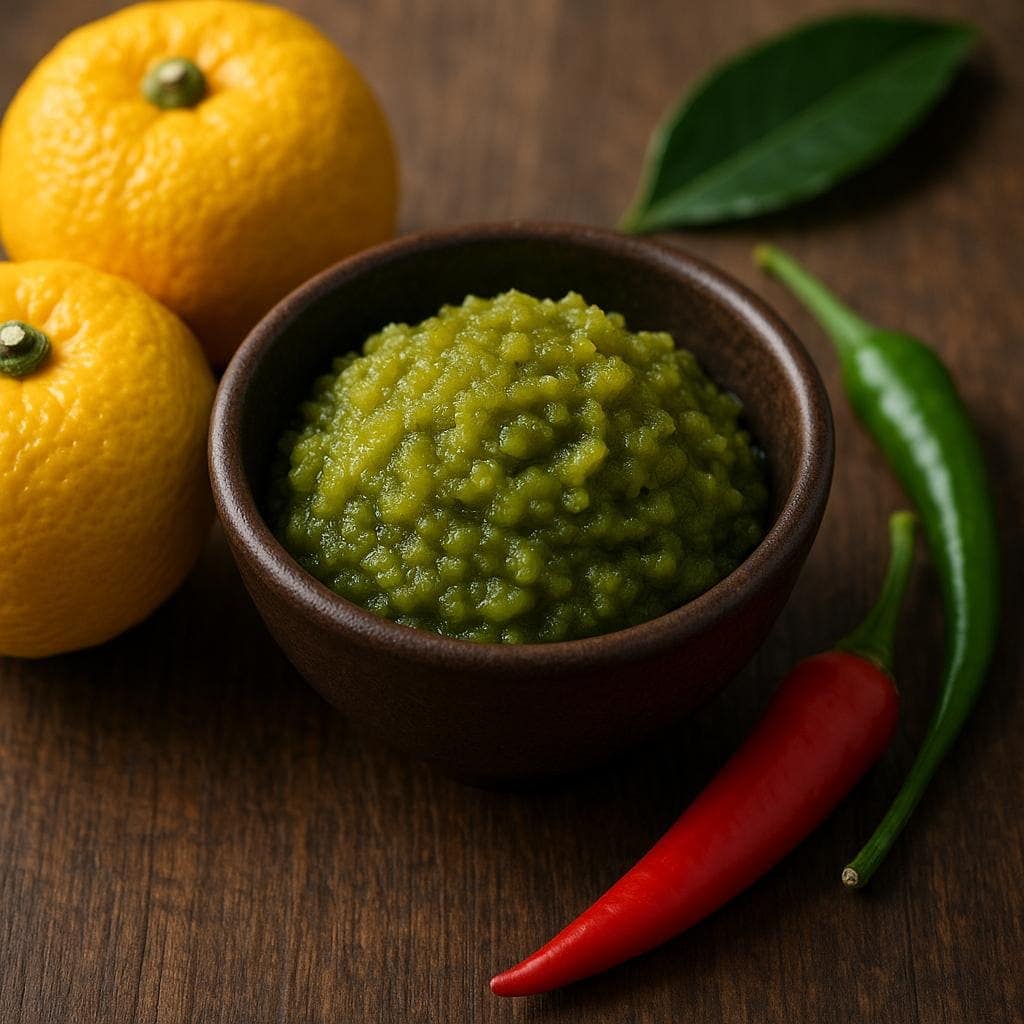
Yuzu kosho is a bold Japanese condiment crafted from the zest of fragrant yuzu citrus and fiery chili peppers. Its spicy, citrusy punch brings a lively complexity to marinades, salad dressings, and even as a finishing flourish on grilled meats and seafood. While reminiscent of a lemon-pepper blend, yuzu kosho delivers an unmistakable umami kick that sets it apart. Chefs cherish its ability to enliven dishes with just a dab, creating layers of flavor and excitement.
10. Dulse
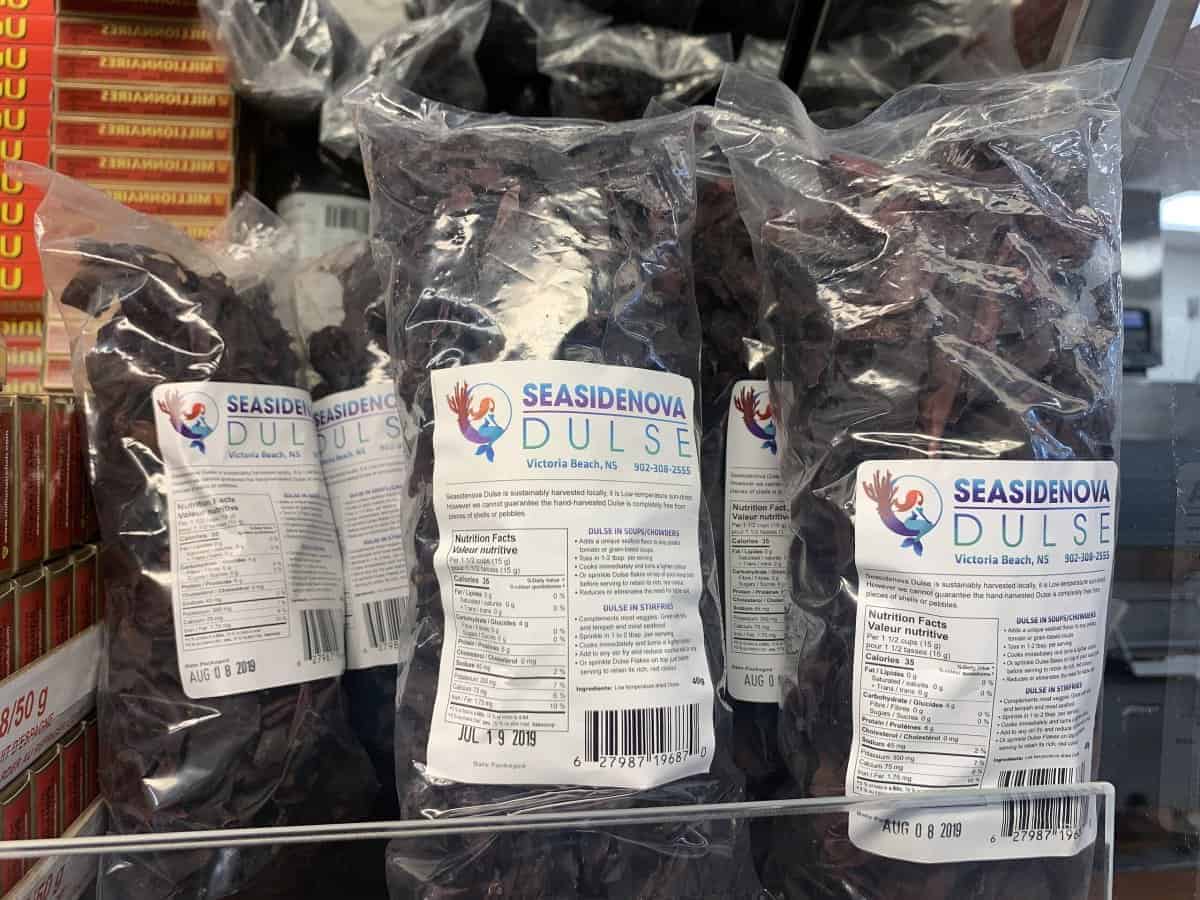
Dulse is a red seaweed turning heads in plant-based and gourmet cuisine alike. When fried, it develops a bacon-like flavor and smoky aroma, making it a favorite for vegan and vegetarian dishes seeking rich, savory notes. Chefs use dulse as a crunchy topping, a snack, or even a seasoning for soups and salads. Compared to familiar seaweeds like nori and wakame, dulse brings a unique, umami-packed punch that’s both surprising and satisfying.
11. Black Lemon (Loomi)
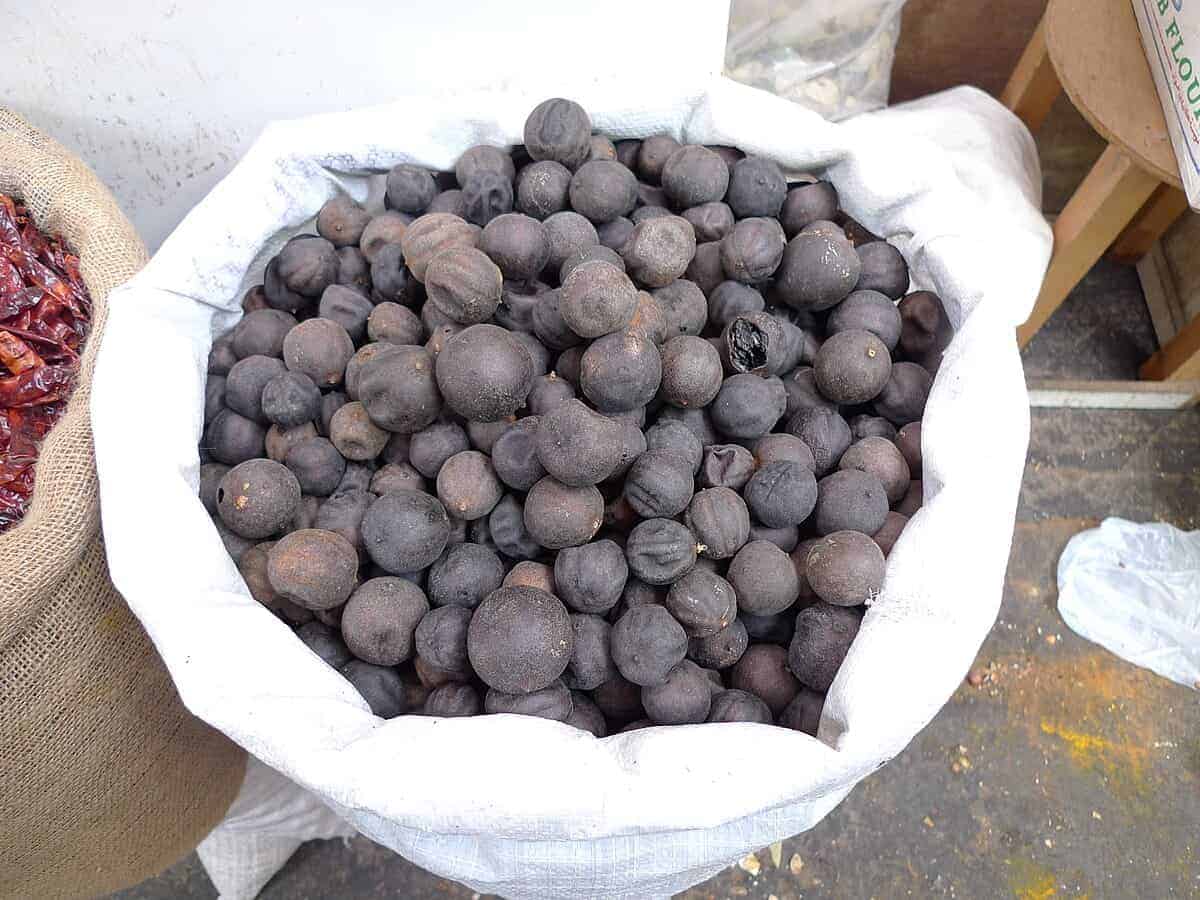
Black lemon, or loomi, is a sun-dried lime with a bold, tangy, smoky, and slightly fermented flavor profile. Long cherished in Middle Eastern cuisine, chefs are now using loomi to bring depth to stews, spice rubs, and even craft cocktails. Its intensity sets it apart from preserved lemons and other sour seasonings, offering an earthy citrus punch that transforms ordinary dishes into something unforgettable.
12. Smoked Water
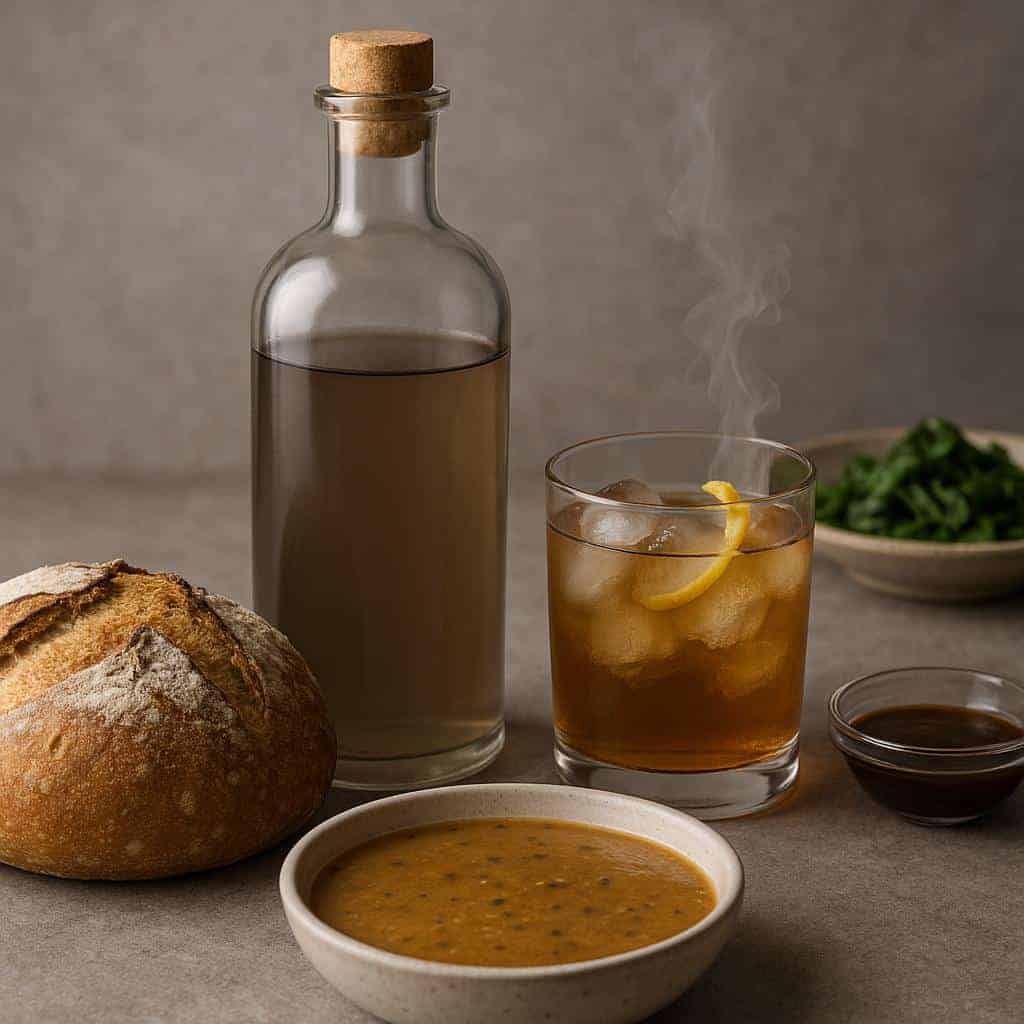
Smoked water is an innovative ingredient bringing a gentle, natural smokiness to modern cuisine. Chefs are using it to add subtle depth to sauces, soups, and artisan breads—without overpowering the dish like traditional liquid smoke. Its clean, smoky profile is especially popular in vegan and vegetarian recipes, where it delivers a satisfying richness. Smoked water is also finding its way into craft cocktails, lending complexity and intrigue with just a splash.
13. Sandfire (Samphire)
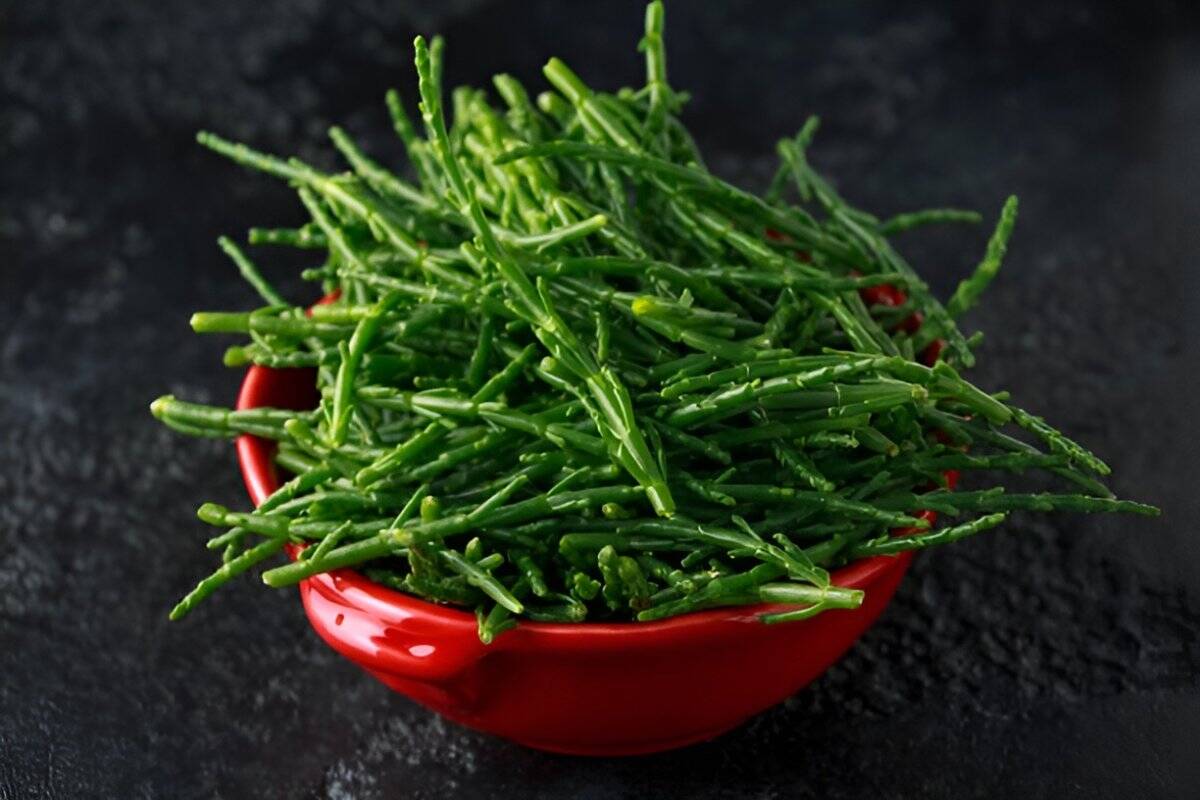
Sandfire, also known as samphire, is a coastal succulent celebrated for its briny, crisp texture and vibrant green color. Chefs are incorporating samphire as a garnish, a side, or tossed into fresh salads to provide a salty, oceanic crunch that complements seafood dishes beautifully. With its visual and flavor resemblance to asparagus and sea beans, samphire offers a refreshing, sea-kissed bite that’s making waves on high-end restaurant menus.
14. Black Cocoa Powder

Black cocoa powder stands out for its ultra-dark, almost jet-black hue and robust chocolate flavor. Bakers and pastry chefs use this ingredient in cookies, cakes, and artisanal gelato, creating desserts that are both visually dramatic and decadently rich. Compared to Dutch-processed cocoa, black cocoa offers a more intense color and a slightly smoother, less bitter taste. Its striking look and deep flavor profile make it a must for elevated, memorable sweets.
15. Tonka Beans
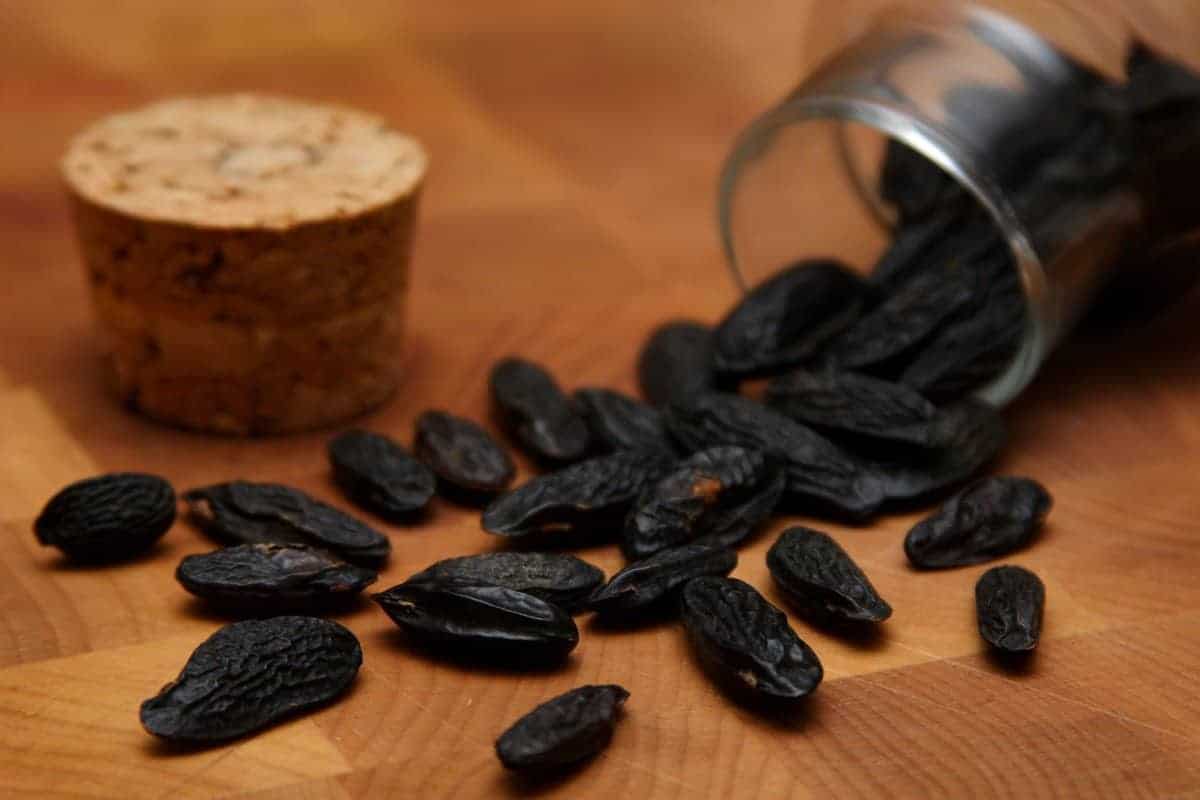
Tonka beans spark intrigue in the culinary world, both for their complex aroma and their controversial legal status in some countries. With enchanting notes of vanilla, almond, and warm spices, tonka beans elevate desserts, ice creams, and craft cocktails to new heights. Their flavor is often compared to a blend of vanilla and cinnamon, but with an extra layer of sophistication. Chefs are captivated by the bean’s forbidden allure and irresistible fragrance, making it a true conversation starter.
Conclusion

The relentless creativity of today’s chefs is reshaping the culinary landscape, turning once-unusual ingredients into centerpieces of innovation. From the oceanic pop of sea grapes to the smoky undertones of black lemon and the mysterious allure of tonka beans, these bizarre elements are redefining both taste and presentation worldwide. Embracing experimentation keeps food exciting and full of promise for future discoveries.





